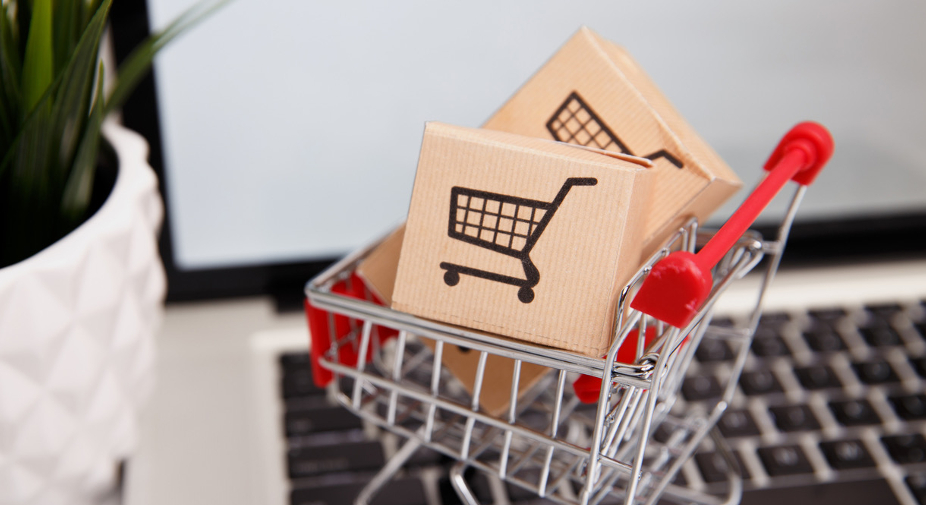BOPIS may not be found in Mr. Webster’s dictionary, but it’s recently become a part of retailing language. BOPIS an acronym for Buy Online, Pickup In Store. The concept is straightforward, but prior to COVID-19, very few retailers understood the value it offers their customers. Fewer still were actively investing in the process and technology to make operationalization a reality. When COVID-19 hit, retailers who had been already working on BOPIS deployment had a jump start on bringing the capability to fruition.
A blessing and a curse
The original BOPIS concept was not entirely that of a convenience offering, and certainly not of a safety measure for customers. For many retailers, it was an opportunity to sidestep customers trekking through the store, only to be greeted by an empty shelf. With proliferation of online shopping, consumers discovered that they could use online capability to verify that the items they sought were likely available.
This has been both a blessing and a curse. It’s a blessing for shoppers, because it reduces frustration of having to see an “Out of Stock” shelf sign after having traveled to the store. And it’s a curse for retailers, because it sets new consumer expectations around availability, convenience and choice of shopping options, be they in-person or virtually.
Virtual vs. experiential shopping
The resulting divergence of shopping options causes consumers to distinguish between shopping for basic items which need to be replenished regularly versus shopping as a social, experiential activity. Whereas they want to replenish basic items quickly and efficiently, consumers prefer the classic shopping experience for discretionary or fashion items. Because CPG items are known products that typically have strong brand loyalty, customers know the pricing, characteristics and established features of these products, thus eliminating the need for investigation and extensive decision making. As a result, these goods can be purchased confidently in a virtual environment.
As consumers become more confident in this split-shopping process, the range of products is bound to grow. This is particularly important and noteworthy when we talk about perishables. Consumers need to develop the trust that retailers will use standards equivalent to their preferences when making selections on their behalf. Retailers are learning how to meet this subjective requirement. For example, Whole Foods® has created a standard to characterize the freshness of bananas to make certain that customers get exactly what they want. During the ordering process, the consumer is given the option of requesting that the bananas to be selected are “green,” “yellow” or “spotted.” Satisfying this type of expectation will be essential to consumers’ acceptance of the process.
A learning curve is anticipated
That retailers are able to successfully characterize the desirability of banana preferences is a good start. It is expected that there will be a learning curve on both the retailer and consumer sides. Retailers must learn to become proficient at learning how to satisfy customer preferences. And consumers must be willing to participate in the maturation of the process.
COVID-19 has extended BOPIS offerings
The original implication of BOPIS assumed that “In Store” was just that. However, the pandemic has resulted in many additional service offerings now included under the “In Store” umbrella. Some of the variations that have become popular are:
- Locker pickup (e.g. Home Depot® pickup locker)
- Curbside pickup (e.g. Walmart® curbside pickup by appointment)
- Third-party pickup locations (e.g. Walgreens® Fedex® Pickup, Amazon® Lockers at Whole Foods®)
These innovations provide a new dynamic for convenience and also address growing concerns over the security of packages delivered to the doorstep. Both are indicators of BOPIS viability and vitality, assuring it an important place in post-pandemic retail.
